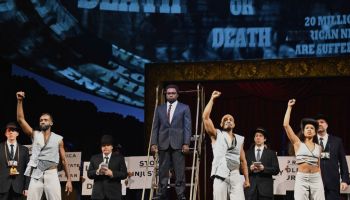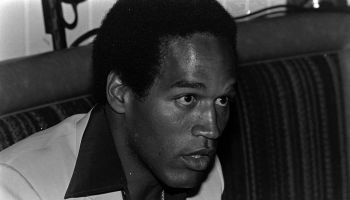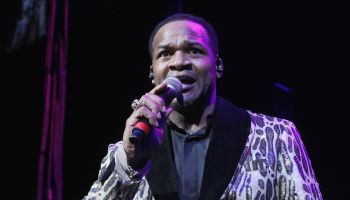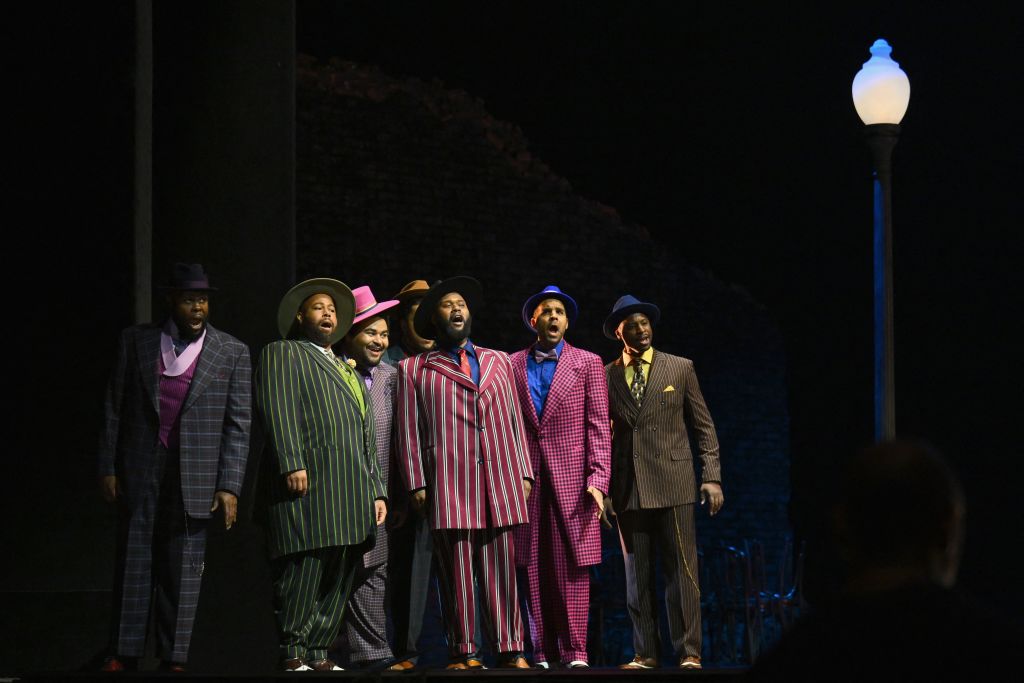
Source: ANGELA WEISS / Getty
On Friday (Nov. 3), X: The Life and Times of Malcolm X, premiered at New York City’s Met Opera. Moments before the show was slated to begin, people rushed into the David H. Koch Theater in their finest. Women wore gowns and fur shrugs or sequined tops and statement heels while some men donned tailored suits and others offered their unique take on formalwear, boasting ankle-grazing slacks and flashy shades.
There was a persistent twinkle of lucidity that appeared in spurts throughout the evening, particularly during the intermissions. “I wonder what Malcolm would think of his life story being presented as an opera?” one person asked, in a tone that suggested they weren’t really looking for an answer. Then, “Aren’t operas mainly about a tragedy, though? Wasn’t what happened to him pretty tragic?”
In 1986, X premiered for the first time ever at the New York City Opera, then it wasn’t seen onstage again for 20 years. In 2006, the Oakland Opera Theater staged the production, and it was nearly another two decades before X resurfaced at the Detroit Opera in 2022. Now the production can be seen at the Met Opera through Dec. 2, and the story of Malcolm X in three acts lives on.
X was created by three relatives, Anthony Davis (who structured the three acts), Thulani Davis (who penned the libretto, or the text of the opera) and Christopher Davis (who edited and revised the story for the stage). Anthony told Playbill: “Our initial idea was that the opera would have a three-act form, so that each act represented a name change. Act I is “Malcolm Little becomes Detroit Red.” Act II, “Detroit Red becomes Malcolm X.” Act III, “Malcolm X becomes el-Hajj Malik el-Shabazz.”
This gave us a very powerful structure, and the idea of the opera being a story of his transformation—not only politically, but spiritually.”
The Davis’ trio accomplished just that. There are times, moments while watching the performance, that the magnitude of Malcolm’s life and influence unfolding on this particular stage, a 30-minute train ride from where he was assassinated—it’s a heady sort of realization.
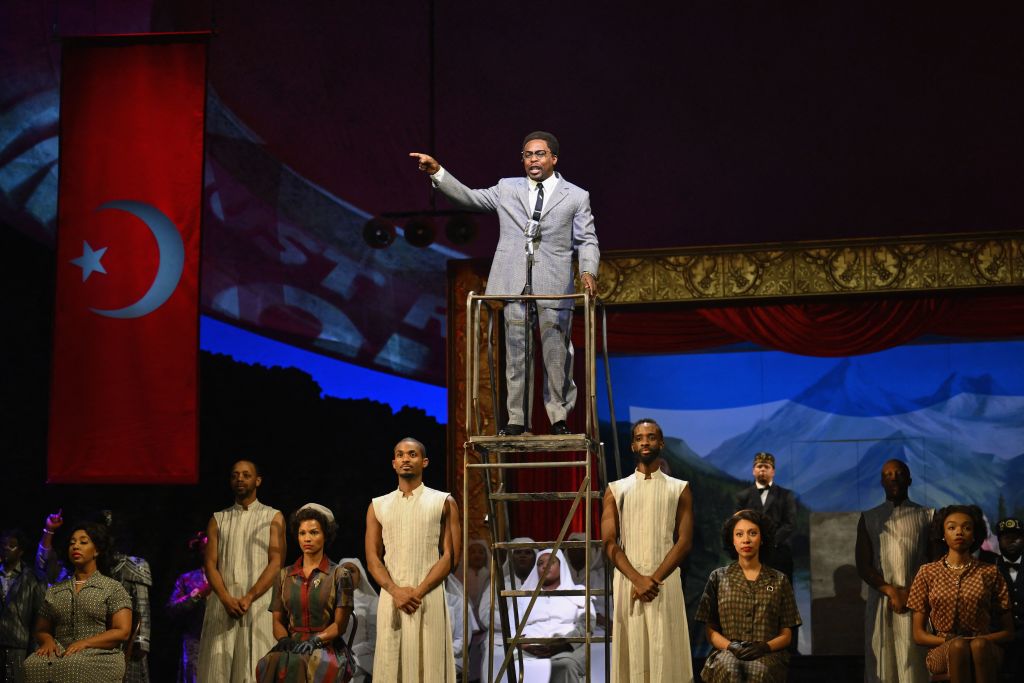
Source: ANGELA WEISS / Getty
The set has something in the form of a spaceship built overhead, speaking to the Afrofuturistic set design Clint Ramos was going for. The spacecraft beamed a bluish light until a list of names came into focus: Mike Brown, Freddie Gray, Rodney King and countless others, whose lives were affected or ended by police violence—today’s reflection of his time.
The story begins in Malcolm’s native Lansing, MI, in 1931 when he was just a boy. Refrains of “Taking the Black Star home…” and “Africa for Africans…” are echoed, acknowledging that Malcolm grew up in a household that preached Black nationalism through Marcus Garvey’s movement. This was important for the audience to understand who our protagonist is at his core.
Later, when his father dies, the chorus chatters, “A man was on the tracks… A streetcar ran him down…” The men stepped back, muttering, ‘They pushed him…’ We see the white social worker come into their home, asking indignantly, ‘What is going on here?” Then flippantly, “Make them wards of the state…,” referring to the little children.
A hefty portion of Act I is dedicated to showing us the injustices Malcolm experienced at the very start of his life. There’s an omnipresent ensemble of dancers dressed in floaty layers of white and cream, gliding easily between contemporary jazz, swing and classical movements from the orchestra—at times they seem to be Malcolm’s guardian angels.
For example, the group carries Young Malcolm (played by Bryce Christian Thompson) on their shoulders, as he achingly pleads with his mother (Leah Hawkins), singing, “Mama help me…” before being removed from his childhood home. Other times, the group could simply be his consciousness, not necessarily protecting him or prompting him to do the “right thing”—just there. When he moved in with his older half-sister Ella (Raehann Bryce-Davis) as a teenager, he started playing with boundaries, including fostering a relationship with the blonde, and the dancers were there looking on as he was arrested for it.
From one act to the next, we watch as Malcolm develops his spirituality as an adult and we gain insight on what that means for social activism during the Civil Rights Movement later. In Act II, we look on as he discovers Islam by way of his brother Reginald’s introduction while serving a sentence at the Norfolk Prison Colony. Will Liverman does a phenomenal job portraying Malcolm, unsure of what his brother is saying to him.
“I don’t understand what you say… How can God be man?
Does He know I lie, steal and take dope?
Soon I will ask him how it feels to be a God of a man empty like me…”
Throughout the rest of the opera, the cast, set and the music keep the audience watching, from moments of jubilation like Malcolm working with Elijah Muhammad (Victor Ryan Robertson) and his solo trip to Mecca, to more pensive scenes like the conversation between he and his wife Betty (Leah Hawkins) after their home was fire-bombed. X: The Life and Times of Malcolm X finds a way to tie it all in and offers a sobering reminder that as he fought to change the world, he also expected that he’d end up dying for it. That’s the tragedy.

Source: ANGELA WEISS / Getty
‘X: The Life And Times Of Malcolm X’ Premieres At NYC’s Met Opera was originally published on cassiuslife.com








